Your Cruciate disease in dogs images are ready. Cruciate disease in dogs are a topic that is being searched for and liked by netizens today. You can Find and Download the Cruciate disease in dogs files here. Get all royalty-free photos and vectors.
If you’re searching for cruciate disease in dogs pictures information related to the cruciate disease in dogs interest, you have come to the ideal site. Our website always gives you suggestions for downloading the highest quality video and picture content, please kindly search and find more informative video content and images that match your interests.
Cruciate Disease In Dogs. The CCL is the equivalent of the Anterior Collateral Ligament ACL in humans. We do not know the precise cause of this but genetic factors are probably most important with certain breeds being predisposed including Labradors. Cruciate disease is a common cause of chronic lameness in dogs. Cranial Cruciate Ligament Rupture and Disease Cranial Cruciate Ligament CCL rupture is the most common cause of rear limb lameness in dogs.
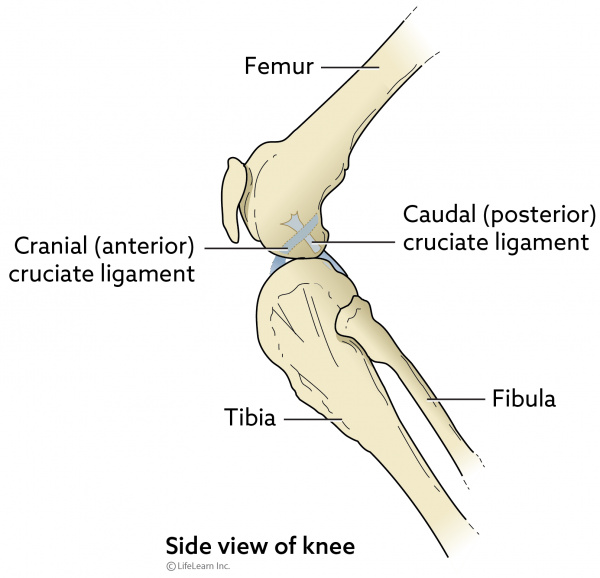
Acute or traumatic cruciate rupture is caused by a twisting injury to the knee joint. The cause of cruciate disease is unclear with a number of theories in all likelihood there are multiple causes. It is vital to understand the components of the biologic and biomechanical pathologies to improve our. In humans this ligament ACL can rupture for example when skiing or playing football. In the vast majority of dogs the cranial cruciate ligament CrCL ruptures as a result of long-term degeneration whereby the fibres within the ligament weaken over time. In people cruciate ligament or ACL ruptures are typically seen as acute sporting injuries in footballers and skiers for example.
Acute hindlimb lameness or acute deterioration of a more chronic problem.
It is vital to understand the components of the biologic and biomechanical pathologies to improve our. Owners also often notice that dogs tend to sit wonky or with the affected leg held out to. Its a common cause of hind leg lameness. Treatment for cruciate disease. In the stifle knee of the dog two ligaments called cruciate ligaments hold the femur thigh bone to the tibia shin bone. What is the cause of cruciate ligament injury in dogs.
 Source: todaysveterinarypractice.com
Source: todaysveterinarypractice.com
Some affected dogs have a mild lameness that seems to come and go while others are very badly affected and cannot. The two most common causes of cranial cruciate rupture are trauma and degeneration of the ligaments within the joint. Cruciate disease is a very common orthopaedic disorder of the knee stifle of dogs. The CCL is the equivalent of the Anterior Collateral Ligament ACL in humans. It is one of two ligaments that cross inside the stifle joint.
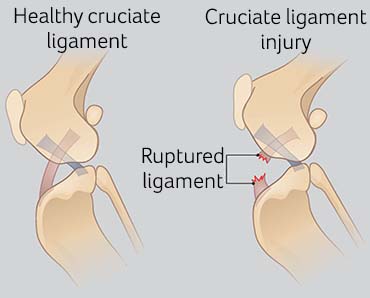 Source: kingstvets.com.au
Source: kingstvets.com.au
Cranial Cruciate Ligament Rupture and Disease Cranial Cruciate Ligament CCL rupture is the most common cause of rear limb lameness in dogs. A history of a sudden onset acute hind limb lameness is the usual scenario. In humans this ligament ACL can rupture for example when skiing or playing football. To estimate the prevalence and risk factors for a diagnosis of cranial cruciate ligament CCL disease in dogs and to describe the management of such cases attending primary-care veterinary practices. What is cruciate disease in dogs.
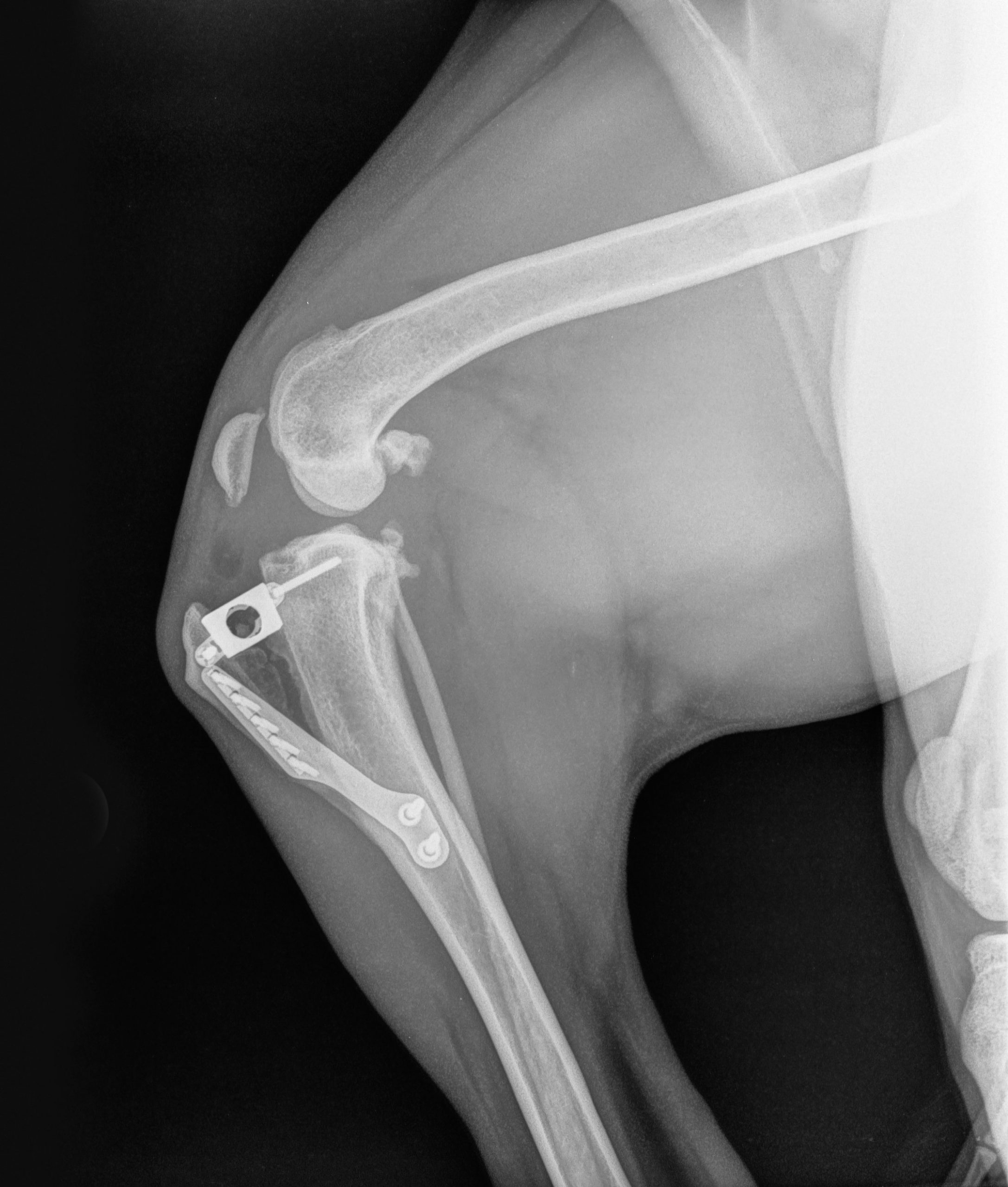 Source: vethelpdirect.com
Source: vethelpdirect.com
It is one of two ligaments that cross inside the stifle joint. In people cruciate ligament or ACL ruptures are typically seen as acute sporting injuries in footballers and skiers for example. Outcomes Introduction Extremely common cause of hindlimb lameness. Cruciate disease affecting the cranial -or anterior- cruciate ligament is one of the most common orthopaedic conditions seen in dogs. Clinical signs of cruciate disease include hindlimb lameness stifle swelling pain and instability of the joint.
 Source: animalmedcenter.com
Source: animalmedcenter.com
And although humans can get it too usually the cause in dogs is slow wear and tear whereas in humans its often a sudden injury. Cruciate ligament disease is one of the most common causes of back leg lameness in dogs seen in practice. Outcomes Introduction Extremely common cause of hindlimb lameness. Vertical forces Cranial cruciate ligament rupture Dogs Kinetic analysis Pads. They may be suddenly lame and unable to weight bear on the affected hind limb or partially weight bearing toe touching.
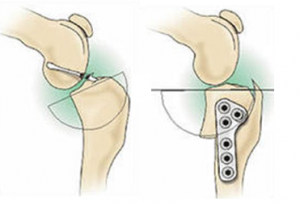 Source: southernanimalhealth.com.au
Source: southernanimalhealth.com.au
The lameness may appear to improve initially. What are the clinical signs of cruciate disease in dogs. What are the cruciate ligaments. Cruciate disease in dogs is a degenerative disease that can make it hard for dogs to walk. In humans this ligament ACL can rupture for example when skiing or playing football.
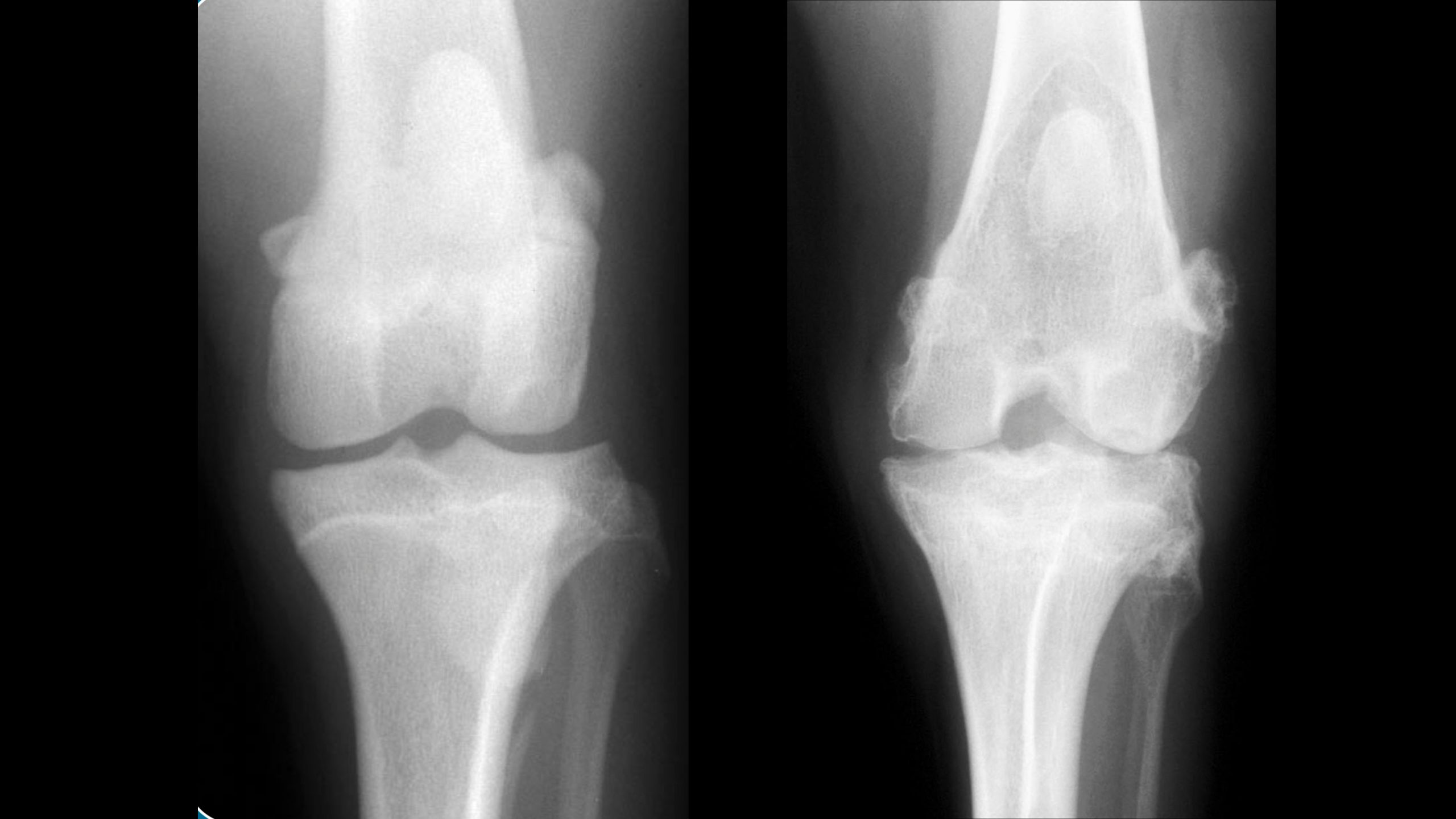 Source: kyon.ch
Source: kyon.ch
However dogs most at risk of an injury are those that are overweight and those that tear around on uneven ground chasing turning quickly skidding and jumping. These are known as the cranial and caudal cruciate ligaments in dogs. The lameness may appear to improve initially. What are the clinical signs of cruciate disease in dogs. For dogs one of the most common causes of hind limb lameness is cranial cruciate ligament disease.
 Source: coastalsunriseah.com
Source: coastalsunriseah.com
We do not know the precise cause of this but genetic factors are probably most important with certain breeds being predisposed including Labradors. Owners also often notice that dogs tend to sit wonky or with the affected leg held out to. Normally complete or partial rupture of cranial cruciate ligament - grouped according to etiology ABC. Its a common cause of hind leg lameness. The stifle is the veterinary term for the canine knee.
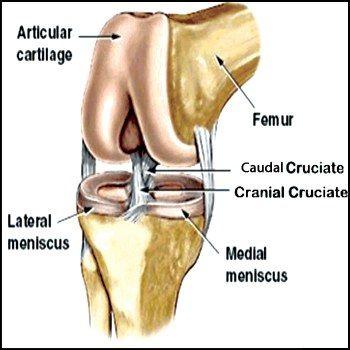 Source: metro-vet.com
Source: metro-vet.com
Its a common cause of hind leg lameness. Some affected dogs have a mild lameness that seems to come and go while others are very badly affected and cannot. Kinetic analysis using pressure sensitive walkways can be useful in follow-up assessment of surgically treated dogs regardless of the surgical technique employed. However dogs most at risk of an injury are those that are overweight and those that tear around on uneven ground chasing turning quickly skidding and jumping. We do not know the precise cause of this but genetic factors are probably most important with certain breeds being predisposed including Labradors.
 Source: animalmedcenter.com
Source: animalmedcenter.com
Acute hindlimb lameness or acute deterioration of a more chronic problem. Clinical signs of cruciate disease include hindlimb lameness stifle swelling pain and instability of the joint. The cranial cruciate ligament in particular is an important stabilizer of the knee joint. Cruciate disease is the most common orthopaedic injury in dogs. However dogs most at risk of an injury are those that are overweight and those that tear around on uneven ground chasing turning quickly skidding and jumping.
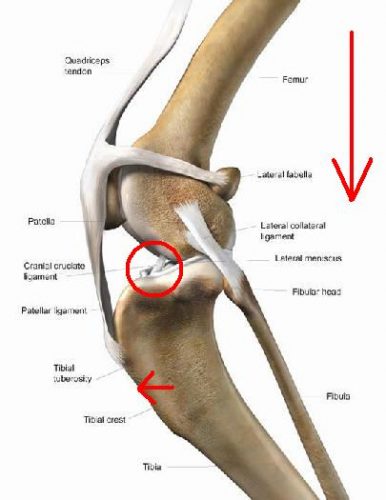 Source: waverleyanimalhospital.com.au
Source: waverleyanimalhospital.com.au
It is one of two ligaments that cross inside the stifle joint. These data are important for increased understanding of vertical force distribution in the limb of dogs with CCLR disease. Its a common cause of hind leg lameness. Some affected dogs have a mild lameness that seems to come and go while others are very badly affected and cannot. The cruciate ligament is a cushioning tissue in the knee that acts as a stabilizer.
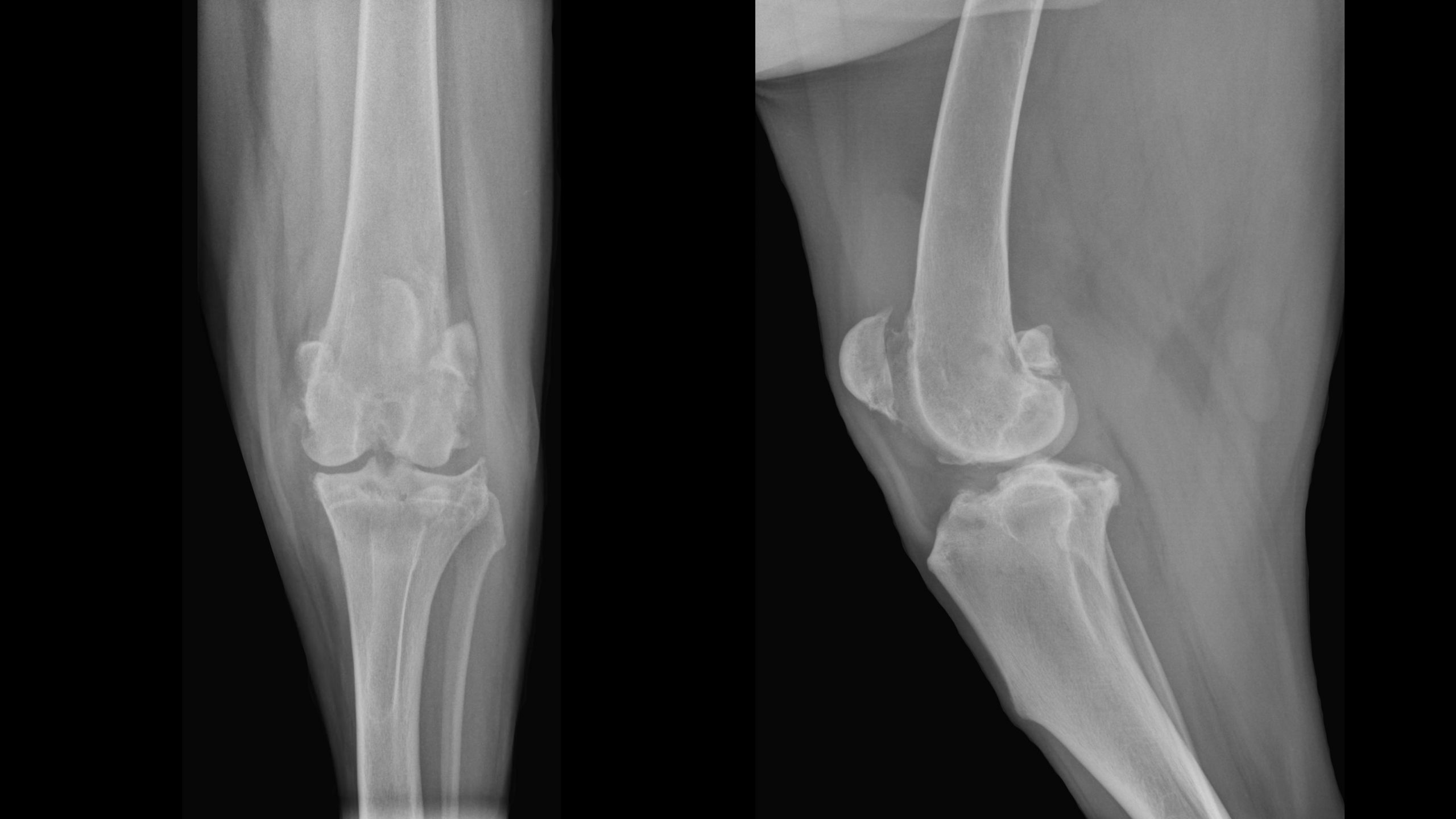 Source: kyon.ch
Source: kyon.ch
Its a common cause of hind leg lameness. Cranial cruciate ligament disease is usually caused by chronic degenerative change. The cause of cruciate disease is unclear with a number of theories in all likelihood there are multiple causes. They may start to sit differently with their affected limb sat out. Although cranial cruciate disease in dogs often starts slowly many owners will.
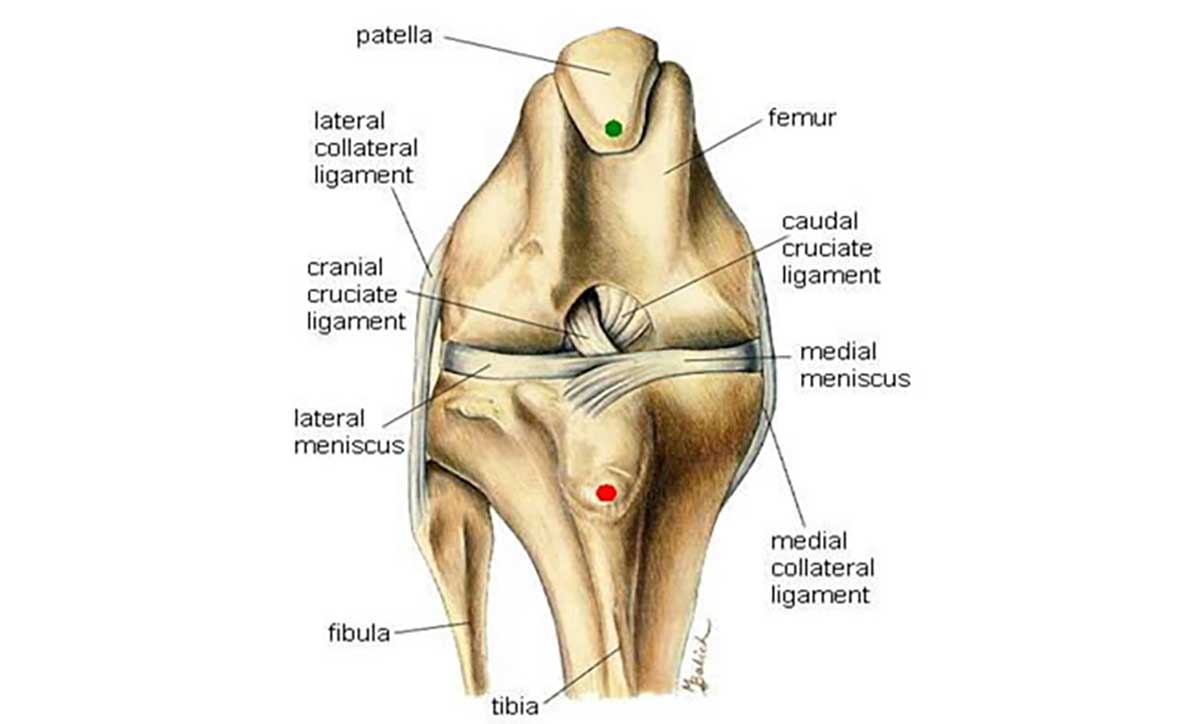 Source: berwickspringsvet.com.au
Source: berwickspringsvet.com.au
The CCL is the equivalent of the Anterior Collateral Ligament ACL in humans. Certain dog breeds are known to have a higher incidence of CrCLD Rottweiler Newfoundland Staffordshire Terrier Mastiff Akita Saint Bernard Chesapeake Bay Retriever and Labrador Retriever while others are less often affected Greyhound Dachshund Basset Hound and Old. Acute hindlimb lameness or acute deterioration of a more chronic problem. Cruciate disease is a common cause of chronic lameness in dogs. Cruciate injuries can develop in any dog but there are certain breeds such as the Labrador Rottweiler and Newfoundland that are slightly more at risk.

Cruciate ligament disease is one of the most common causes of back leg lameness in dogs seen in practice. Cruciate ligament disease is one of the most common causes of back leg lameness in dogs seen in practice. Cranial cruciate ligament disease is usually caused by chronic degenerative change. Symptoms of Cruciate Disease in dogs. The cruciate ligament is a cushioning tissue in the knee that acts as a stabilizer.
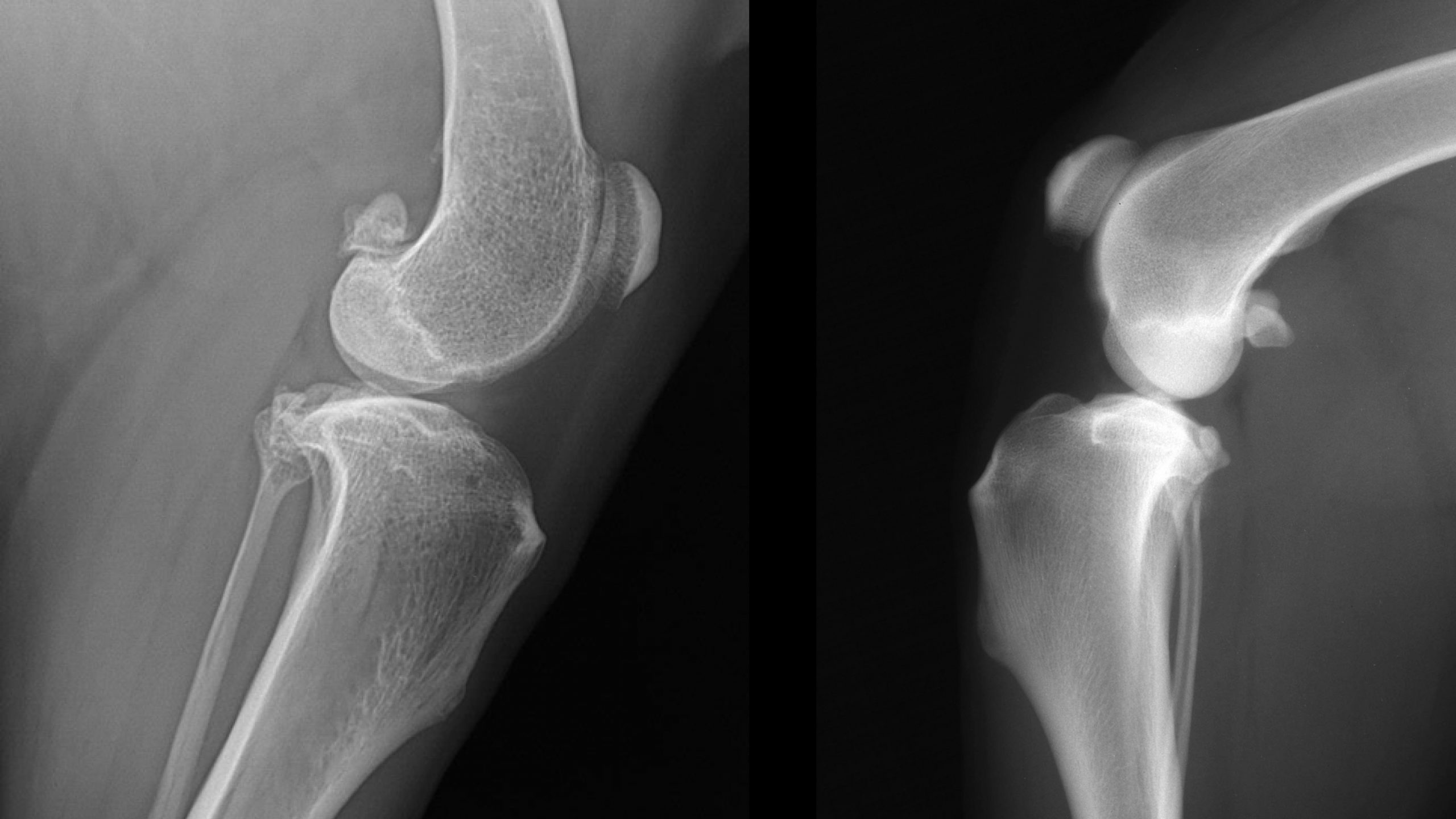 Source: kyon.ch
Source: kyon.ch
They may be suddenly lame and unable to weight bear on the affected hind limb or partially weight bearing toe touching. Some affected dogs have a mild lameness that seems to come and go while others are very badly affected and cannot. These are known as the cranial and caudal cruciate ligaments in dogs. What are the clinical signs of cruciate disease in dogs. Cranial Cruciate Ligament Rupture and Disease Cranial Cruciate Ligament CCL rupture is the most common cause of rear limb lameness in dogs.
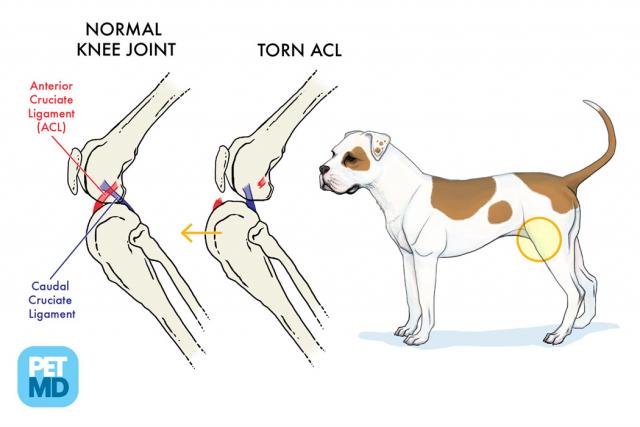 Source: petmd.com
Source: petmd.com
Inside the canine knee there are two crossing ligaments that join the tibia and the femur. In humans this ligament ACL can rupture for example when skiing or playing football. In the stifle knee of the dog two ligaments called cruciate ligaments hold the femur thigh bone to the tibia shin bone. Its a common cause of hind leg lameness. Symptoms of Cruciate Disease in dogs.
This site is an open community for users to submit their favorite wallpapers on the internet, all images or pictures in this website are for personal wallpaper use only, it is stricly prohibited to use this wallpaper for commercial purposes, if you are the author and find this image is shared without your permission, please kindly raise a DMCA report to Us.
If you find this site helpful, please support us by sharing this posts to your favorite social media accounts like Facebook, Instagram and so on or you can also bookmark this blog page with the title cruciate disease in dogs by using Ctrl + D for devices a laptop with a Windows operating system or Command + D for laptops with an Apple operating system. If you use a smartphone, you can also use the drawer menu of the browser you are using. Whether it’s a Windows, Mac, iOS or Android operating system, you will still be able to bookmark this website.






